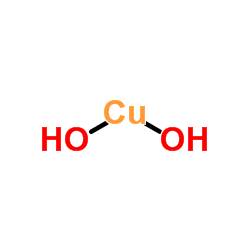Corrosion investigation of two materials for implant supraconstructions coupled to a titanium implant.
G Ravnholt, J Jensen
Index: Scand. J. Dent. Res. 99(2) , 181-6, (1991)
Full Text: HTML
Abstract
The corrosion of two materials for implant supraconstructions, a carbon fiber/PMMA composite and a silver-palladium alloy, was investigated in vitro, the materials being galvanically coupled to a titanium implant. Corrosion current and pH of the electrolyte were monitored, and corrosion products were identified by powder X-ray diffraction. The carbon composite and the silver-palladium per se did not corrode, whereas a silver-palladium specimen brazed with the recommended brazing alloy corroded unmistakably, yielding copper-containing corrosion products. The action of local corrosion cells around the brazed joint is considered, and it is concluded that the two materials seem well suited for implant supraconstructions, provided that brazing the silver-palladium can be avoided. Considering the clinical relevance of the experimental model used, it is concluded that the model is likely to predict a lower corrosion susceptibility than the one found in vivo.
Related Compounds
| Structure | Name/CAS No. | Molecular Formula | Articles |
|---|---|---|---|
 |
Cupric hydroxide
CAS:20427-59-2 |
Cu.(OH)2 |
|
Synthesis of hierarchical three-dimensional copper oxide nan...
2013-09-07 [Nanoscale 5(17) , 7991-7, (2013)] |
|
The Goldilocks principle in action: synthesis and structural...
2013-09-14 [Dalton Trans. 42(34) , 12265-73, (2013)] |
|
Physical and chemical control of released microorganisms at ...
1991-09-01 [Can. J. Microbiol. 37(9) , 708-12, (1991)] |
|
Continuous biotreatment of copper-concentrated solutions by ...
2006-01-01 [Appl. Biochem. Biotechnol. 128(1) , 23-32, (2006)] |
|
[Coprecipitation of proteins and DNA-protein complexes with ...
1989-01-01 [Izv. Akad. Nauk SSSR Biol. (1) , 148-51, (1989)] |